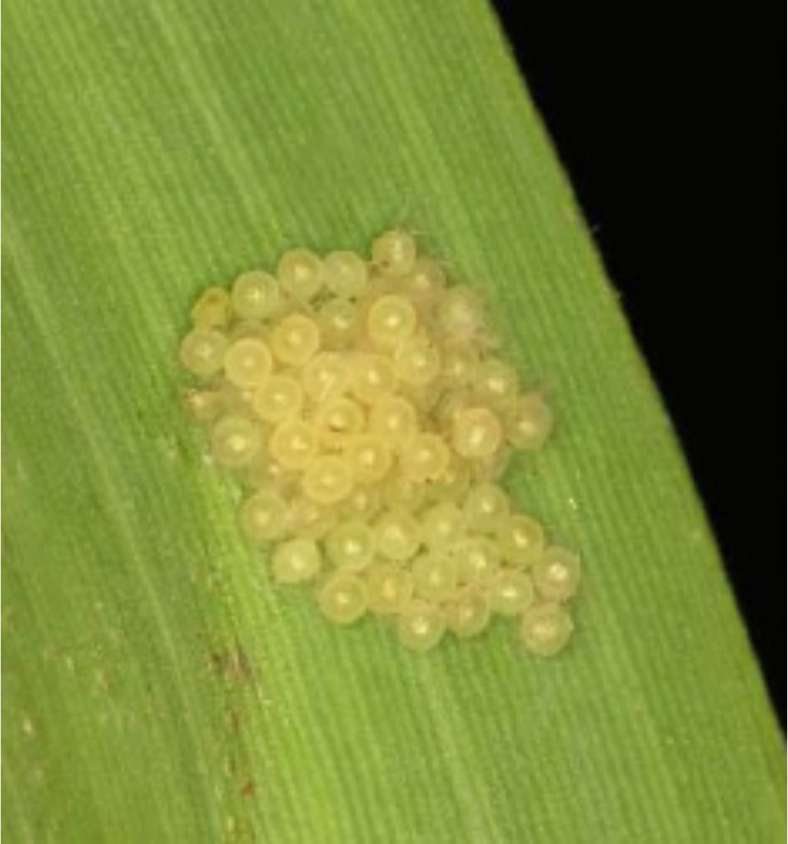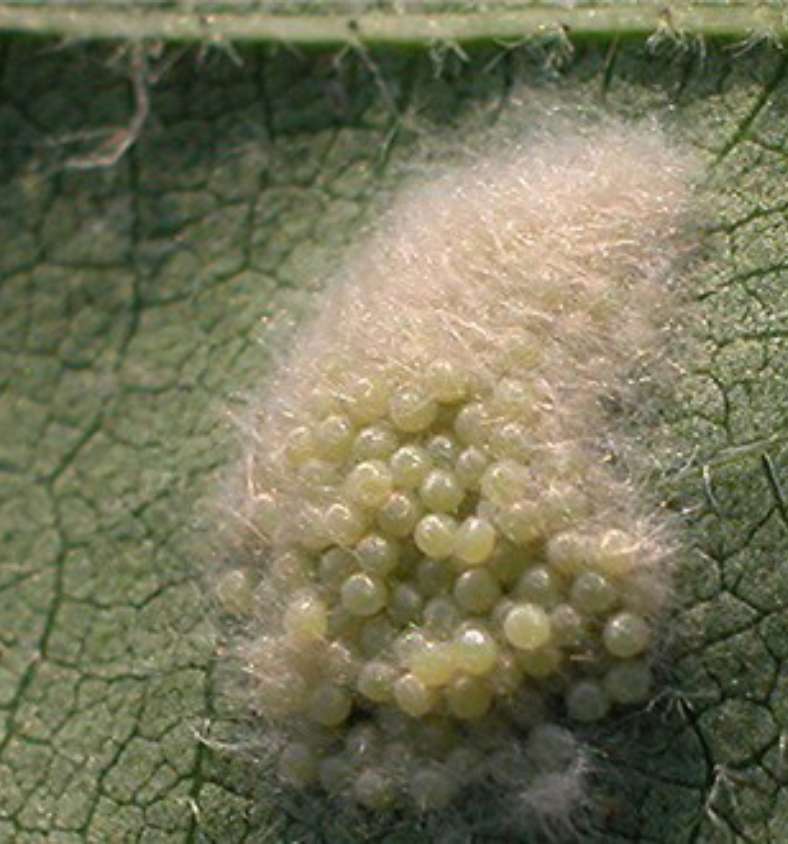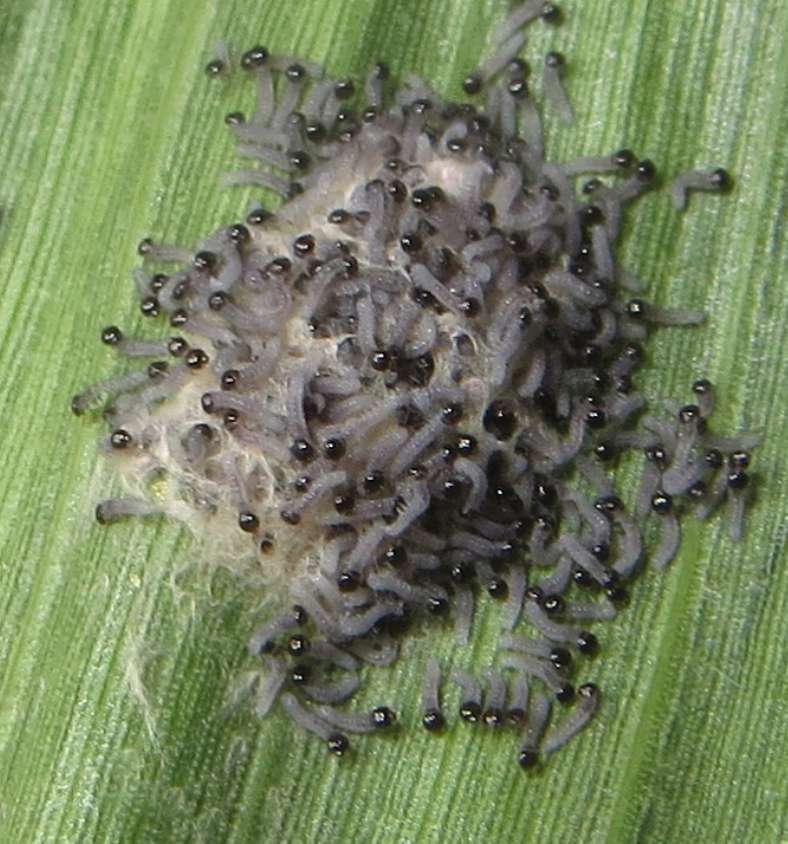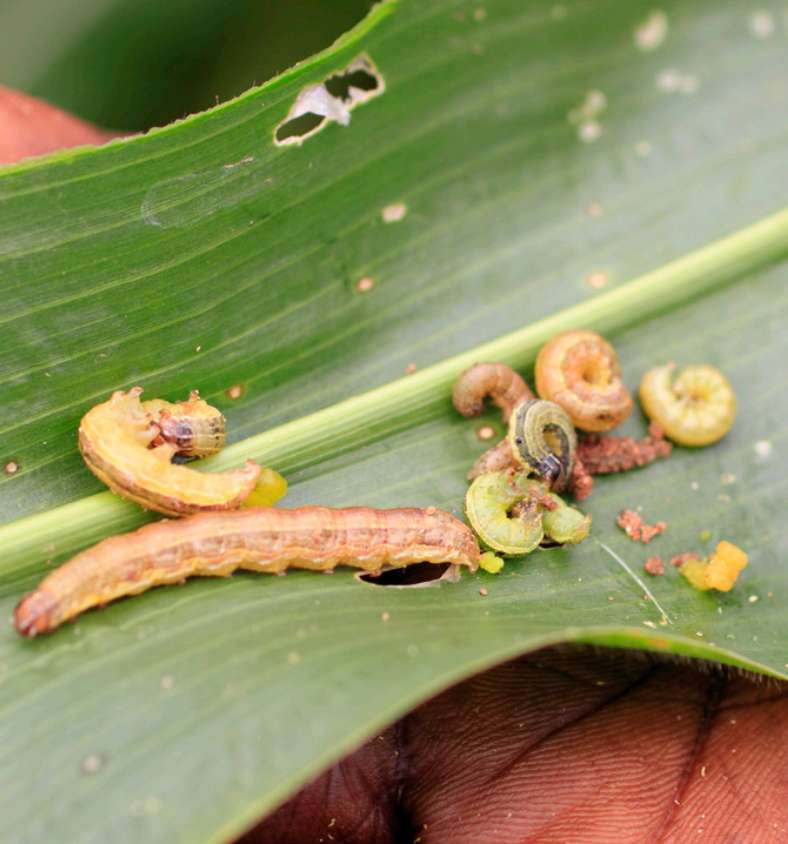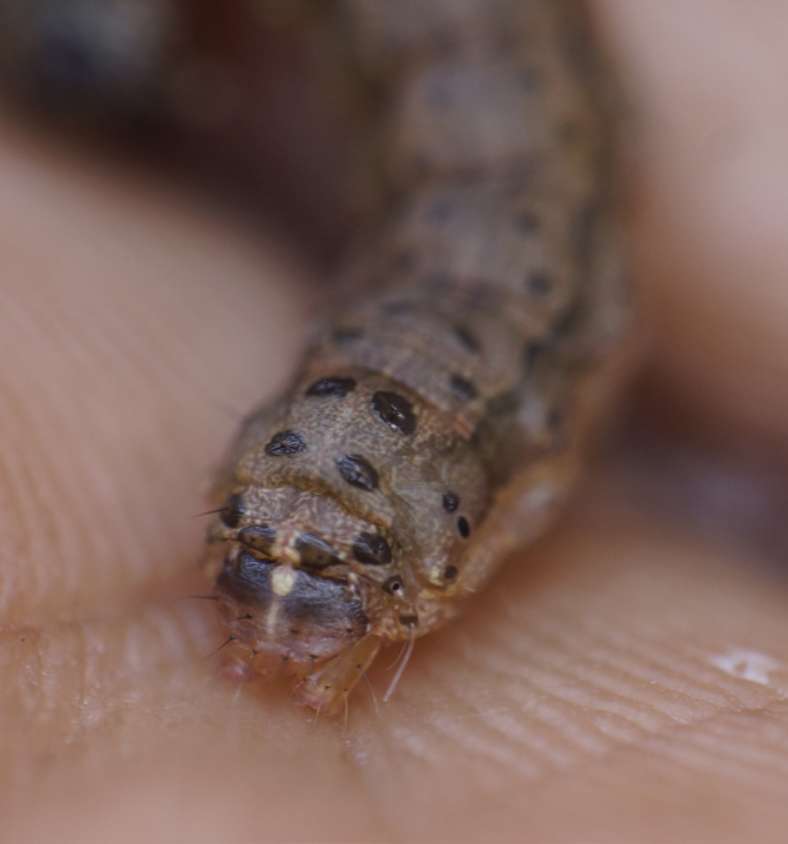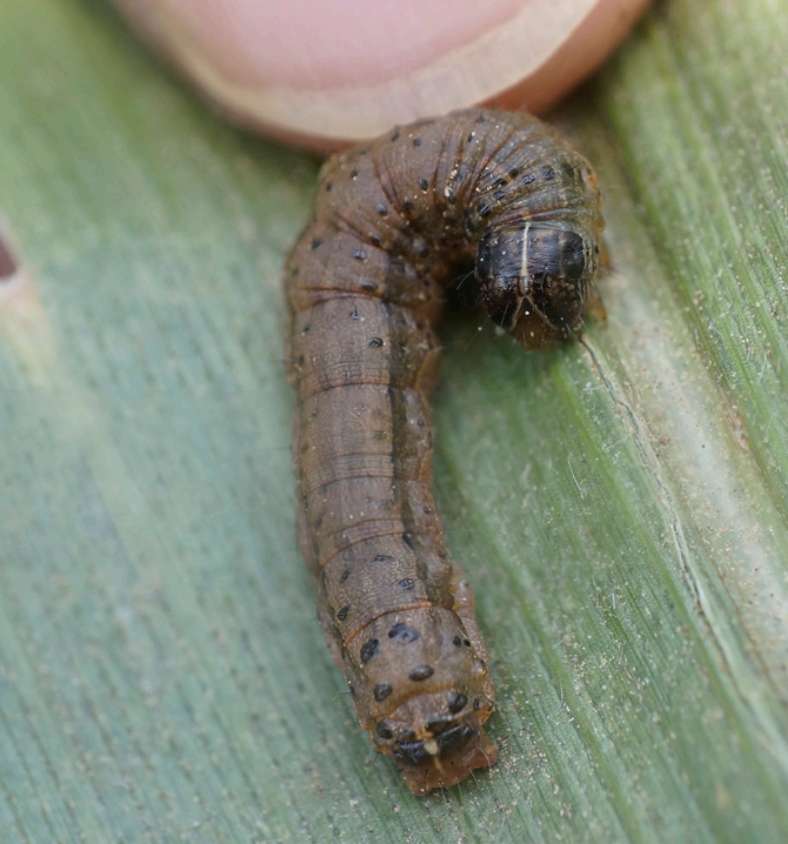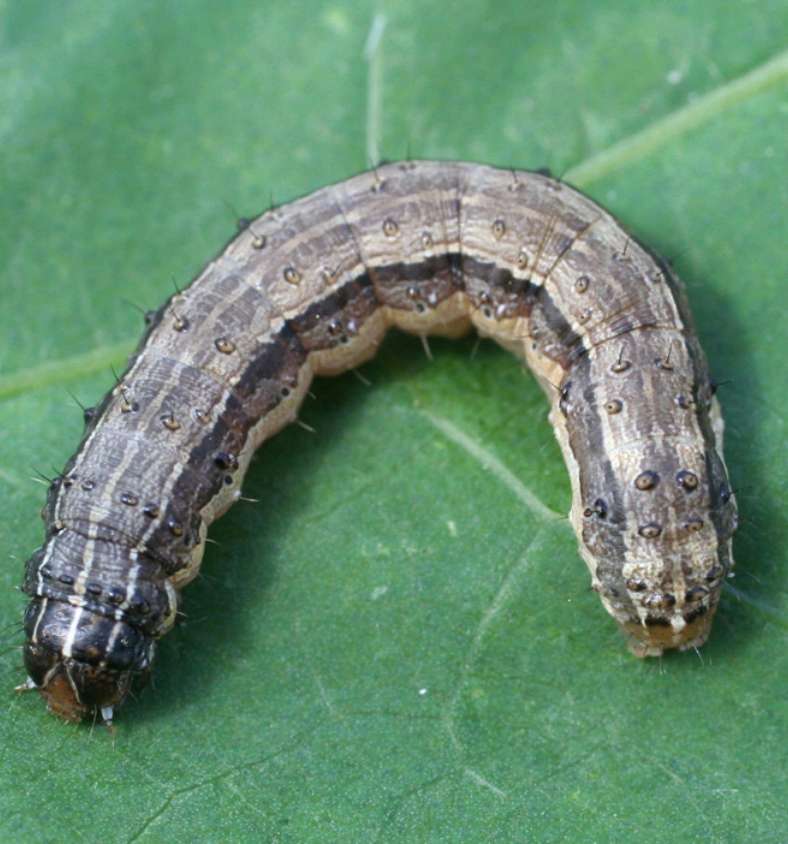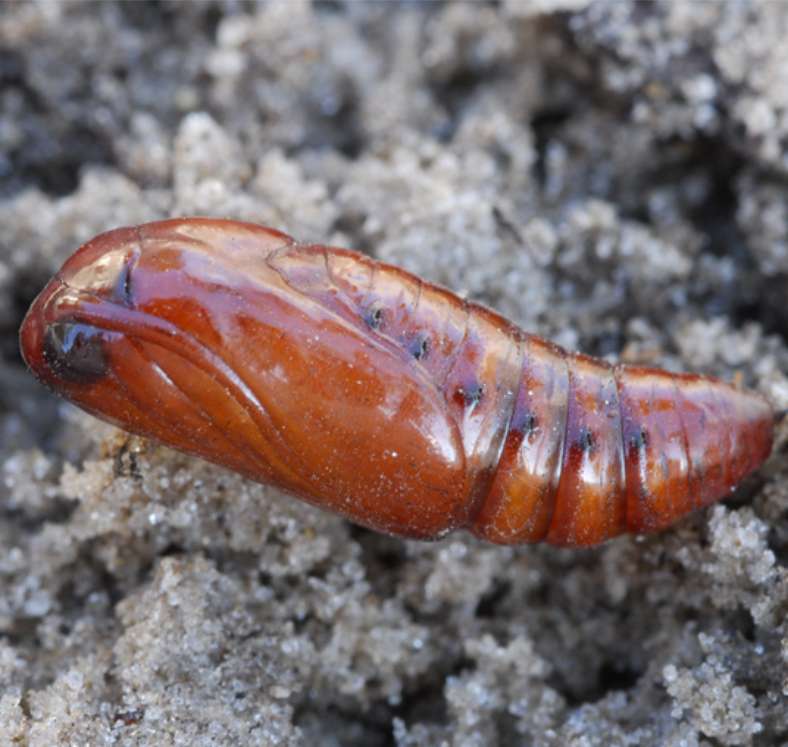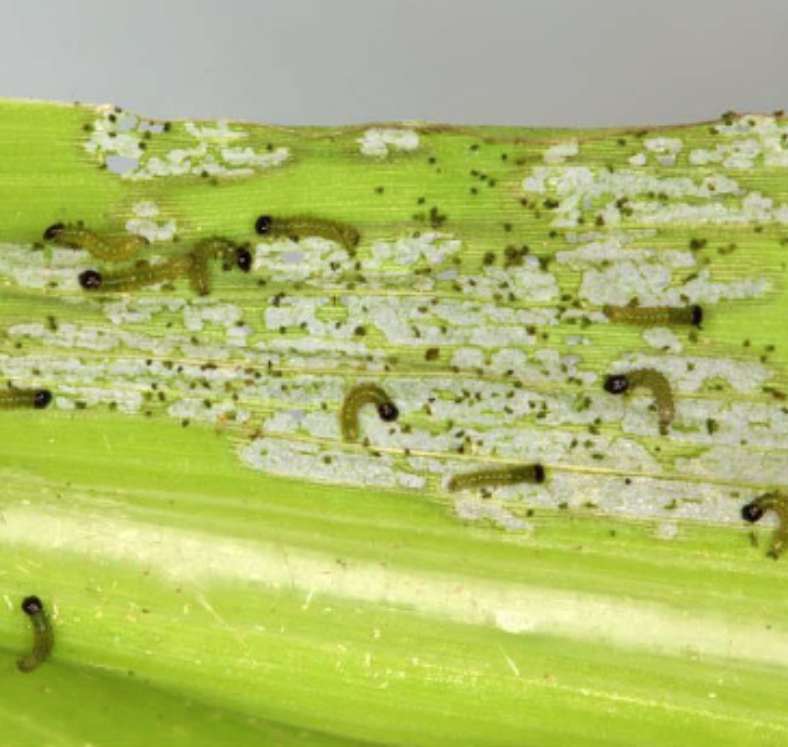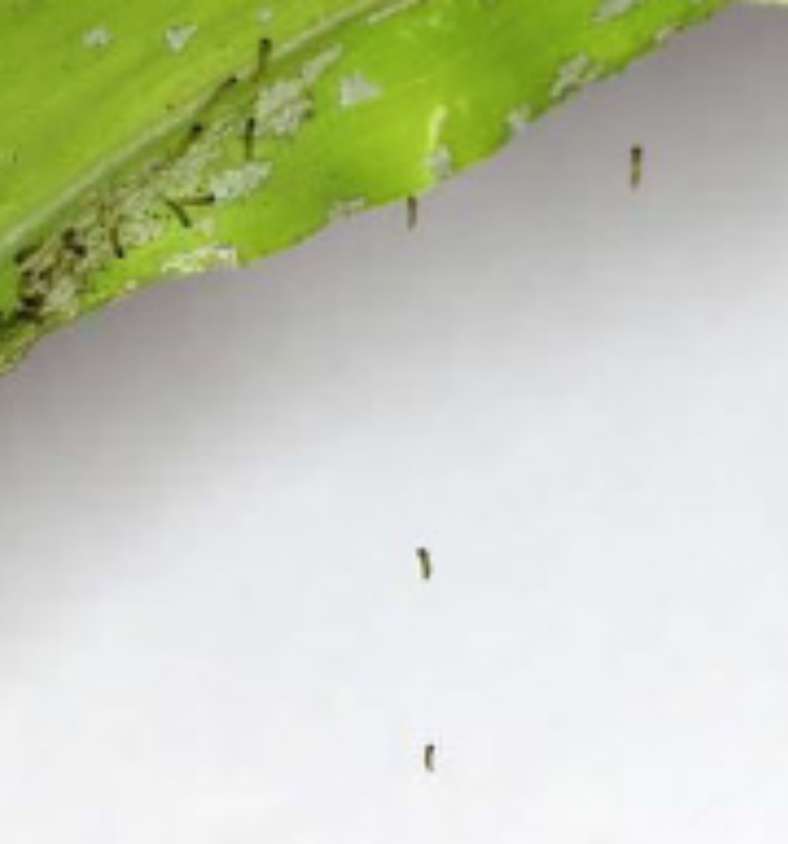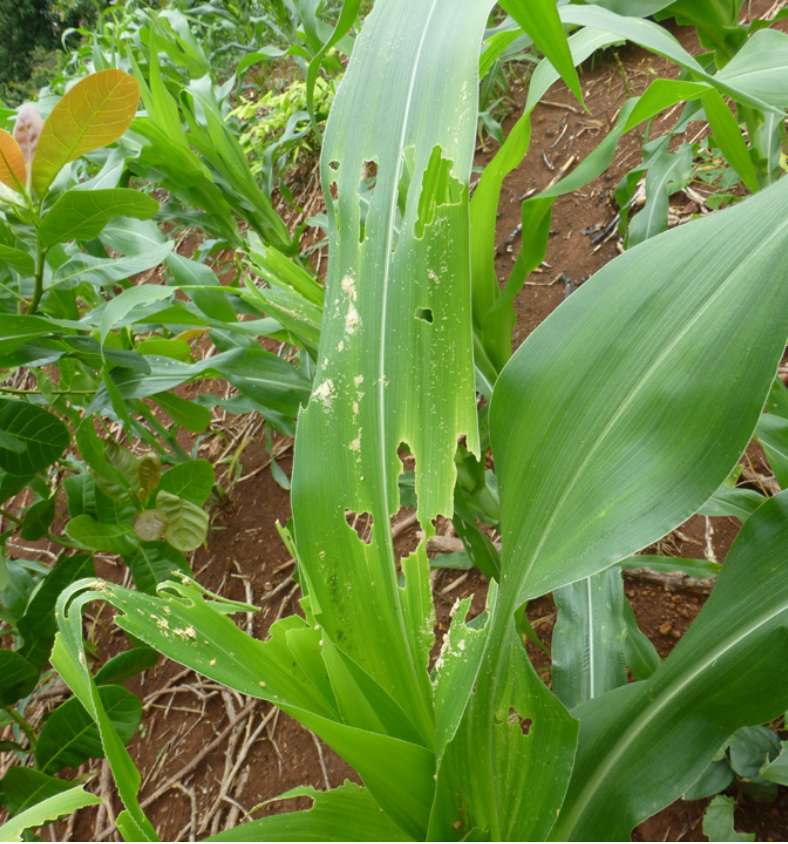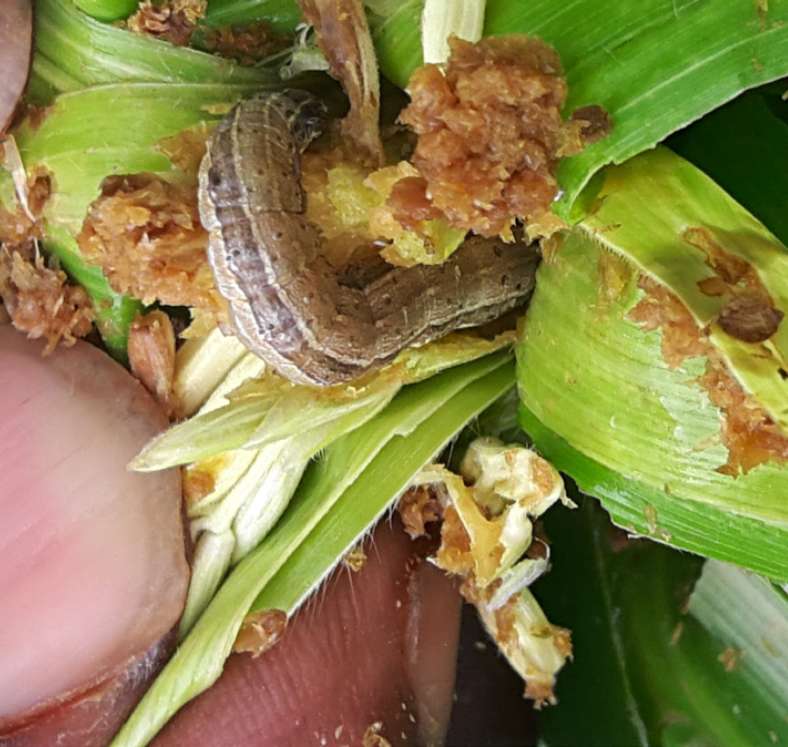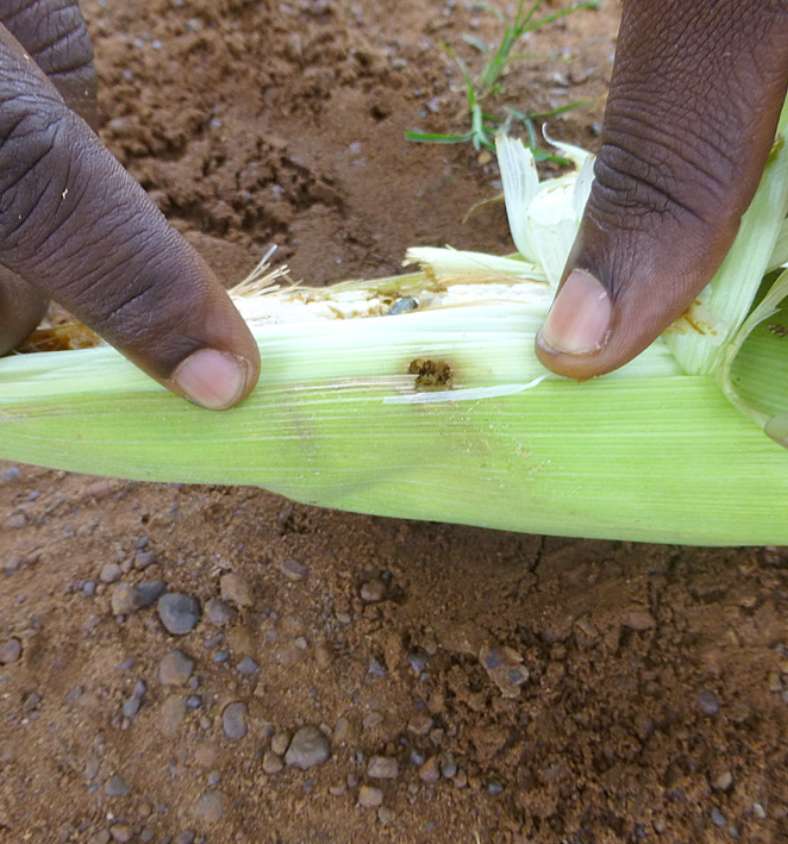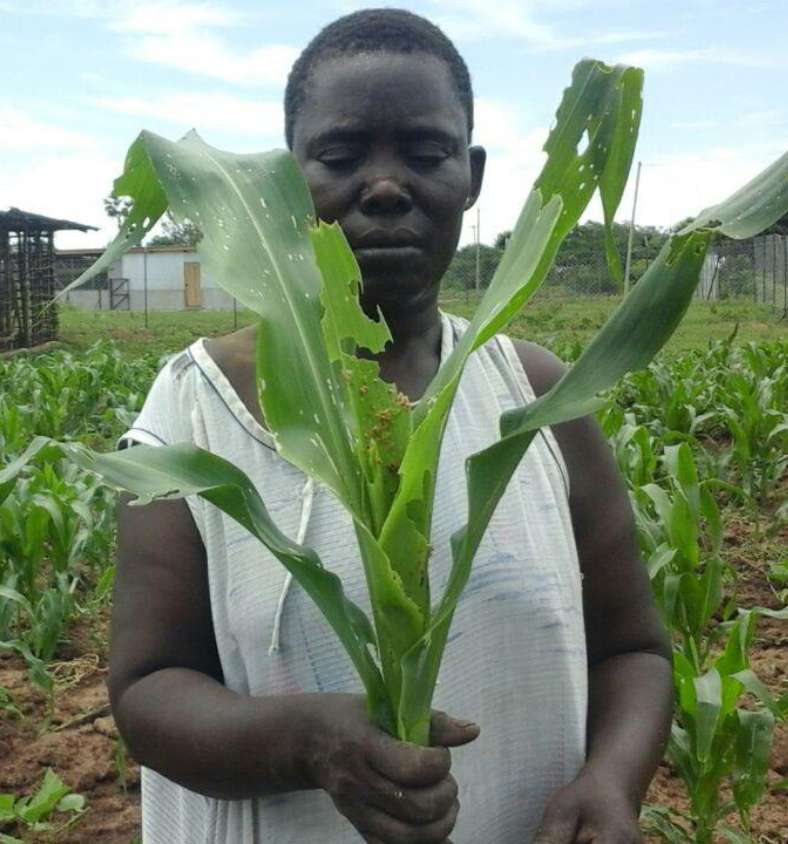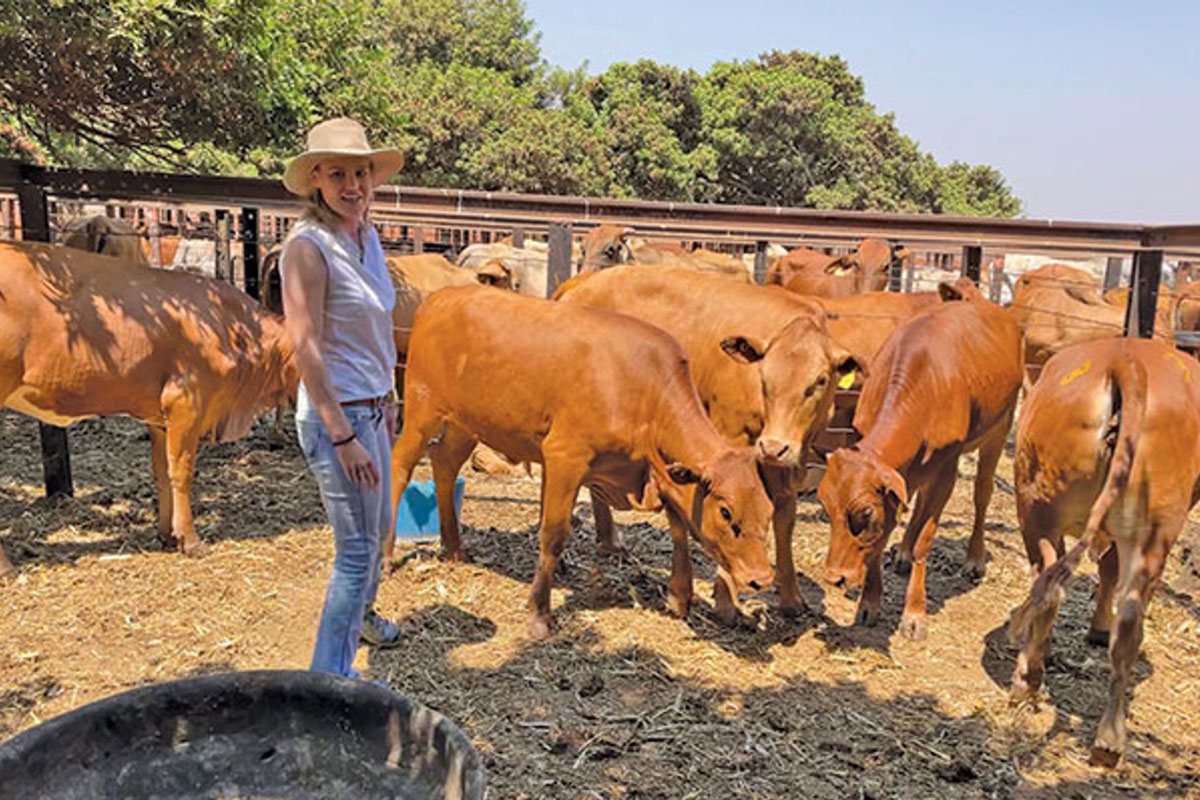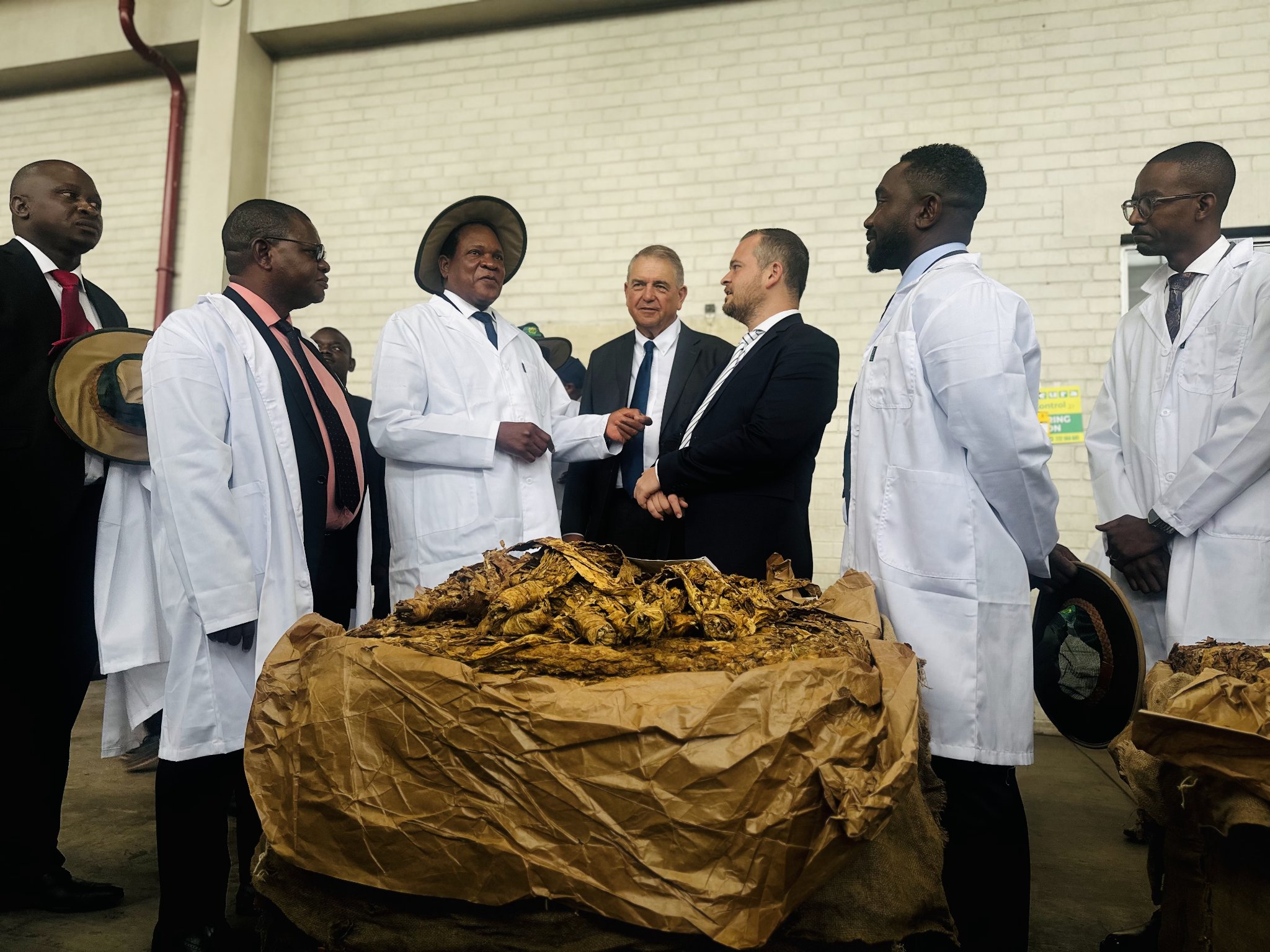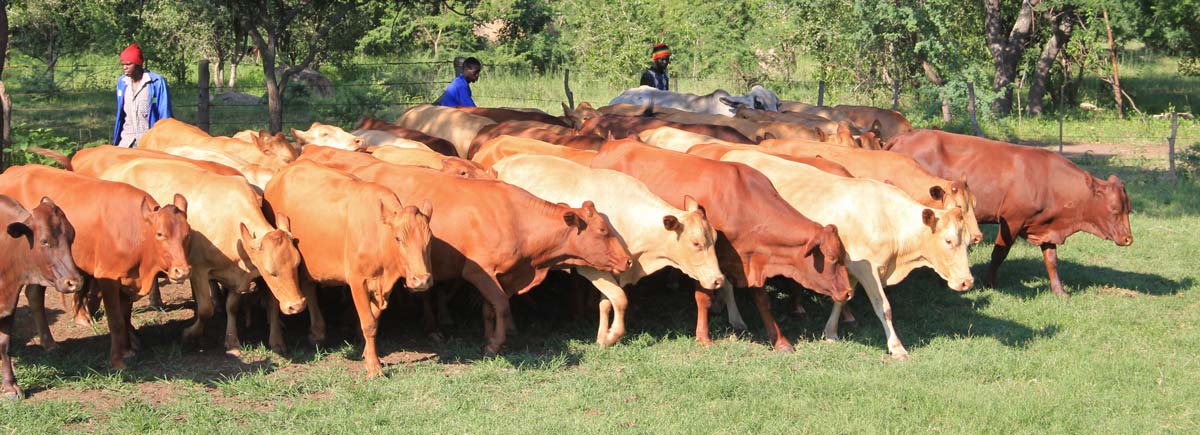Fall armyworm continues to ravage crops in Zimbabwe
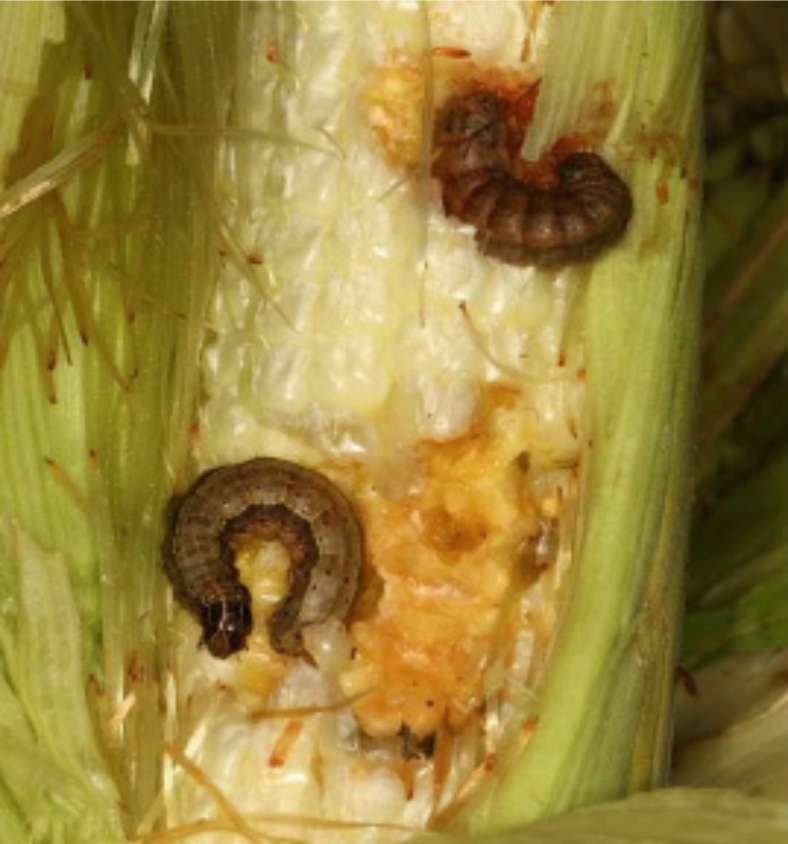
Fall armyworm (FAW) is an insect pest (Spodoptera frugiperda) that is native to the tropical and subtropical regions of the Americas. It was first detected in Africa in 2016 (reported in Zimbabwe in September of that year) and has since spread to many African countries. It is thought to have reached Africa through imported produce or commercial flights.
As it was a new and emerging pest in Africa, several countries may have been caught unaware. Not only did we not know how to deal with it, but also how to identify it. Additionally, it did not have natural predators and enemies.
This year, the pest continues its devastating march through crops in several African countries including Malawi, Zambia, South Africa and Zimbabwe.
The fall armyworm is a significant threat due to its ability to attack over 80 plant species, including major crops like maize, sorghum, sugarcane and millet. In Mutare, according to a recent dairy farmer report, stargrass pastures have not been spared either.
Why is it so hard to to control?
As FAW can cause extensive crop damage, and is difficult to control, it poses a major risk to food security in Africa.
The fall armyworm (FAW) is challenging to control due to several factors:
Polyphagous nature: The larvae of the FAW can feed on over 80 crop species, making it a versatile pest that can thrive in diverse agricultural environments, damaging the crop stand and reducing yields. It can spread across many different cropping systems and migration is not limited by diet;
Rapid multiplication and migration: It has a short generation time of 25-30 days in warm weather and adult moths can fly up to 100 km in a single night and over 1,000km in a lifetime, allowing it to spread rapidly across large areas. The adult female lays about 100-200 eggs per egg mass and 1,500 to 2,000 eggs in a lifetime, equating to up to 12 generations a year;
Lack of diapause: Unlike some other pests, FAW does not have a dormant phase, enabling continuous breeding and infestation throughout the year;
FAW populations are diffuse and hard to hit as they spread out, with a thin population cover over wide areas and crop types. This makes them very difficult to eradicate or control on a large scale. Thus, control must be done at farm level (cropnuts.com).
Wide distribution: Once established, it is nearly impossible to eradicate due to its ability to disperse and migrate long distances. It can spread very fast, over 2,000km in a more few months (cropnuts.com).
Identification
Identifying fall armyworms involves examining both the larvae and adult moths. Here are key features to look for:
Larvae
Colour and texture: Initially light-coloured, turning to light tan or pinkish grey as they mature. The skin is smooth with numerous dark spots.
Head: Dark brown to black with an inverted white "Y" mark on the face of mature larvae.
Body spots: Four large black dots in a square formation on the second-to-last segment, with smaller spots on other segments.
Length: Up to 35 mm in late instars.
Adult moths
Forewings: Light to dark greyish brown with a white spot near the tip.
Hindwings: Iridescent silver-white with a narrow dark border.
Wingspan: Approximately 32 to 40 mm.
Notifiability
The rapid spread of FAW across regions of Zimbabwe complicates management efforts, leading to significant crop losses. Farmers must remain vigilant and adapt their strategies based on ongoing monitoring of pest resistance levels.
FAW is a notifiable pest which requires reporting to agricultural authorities. Farmers who suspect an infestation are encouraged to urgently report it to the Ministry of Lands, Agriculture, Fisheries, Water and Rural Development’s Migratory Pests Control Department or their nearest Agritex officer (0242 700143; 0773 456 573).
General tips for managing FAW
To combat fall armyworm, several strategies can be employed:
Healthy soils ensure healthy, resilient plants. Get the plants off to a good start with the correct nutrition;
Monitoring and scouting are crucial for early detection. Scout fields fully as the pest can be patchy;
Don’t delay: get treatments in accurately and early;
Cultural practices: Methods like handpicking, squashing, and using sand or ash are promoted; Early planting and crop rotation can also help reduce infestation;
Biological control: Using natural enemies of the pest is an effective approach;
Integrated Pest Management (IPM): Combines various methods, including cultural practices, biological control, and judicious use of low-risk pesticides;
Chemical control: Insecticides can be used, especially as seed coatings to protect young plants; use the right and recommended active ingredients and spray early morning or dusk when larvae are actively feeding out of the leaf whorls. Calibrate your sprayer correctly. Use pheromone traps to detect adult moths activity;
Crop diversification: Plant diverse crops like maize mixed with cassava or yams to reduce attractiveness to FAW.
Challenges in chemical control
There is the question of over-reliance on chemical treatments leading to increased resistance among FAW populations. This necessitates a balanced approach that incorporates cultural practices alongside chemical applications.
It has been reported that FAW has developed resistance to many insecticides, particularly synthetic pyrethroids. Therefore, it's crucial to avoid these ineffective options and implement a rotation of chemicals with different modes of action to mitigate resistance development.
In summary, effective FAW chemical control requires the use of targeted insecticides, careful resistance management, and integration with broader pest management strategies to ensure sustainable agricultural practices.
Sources
